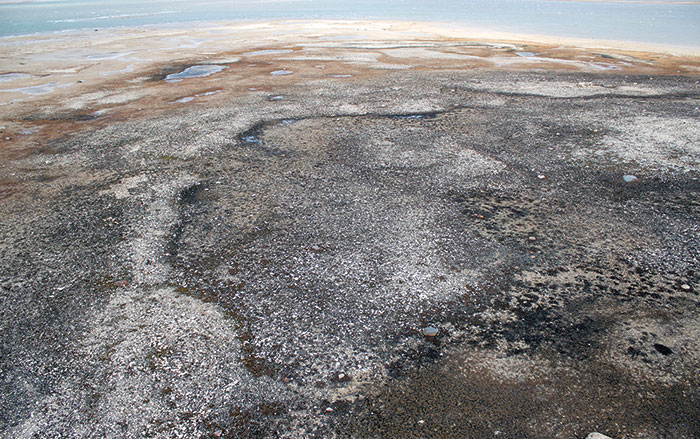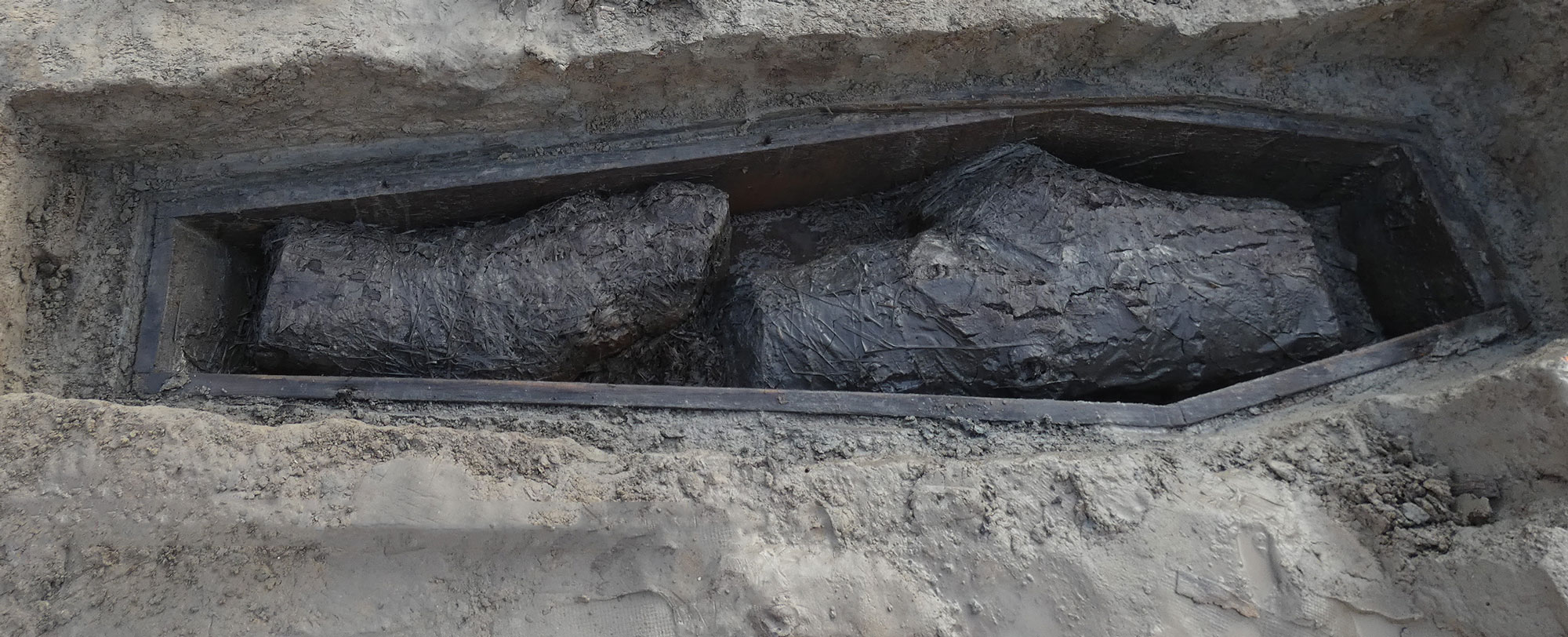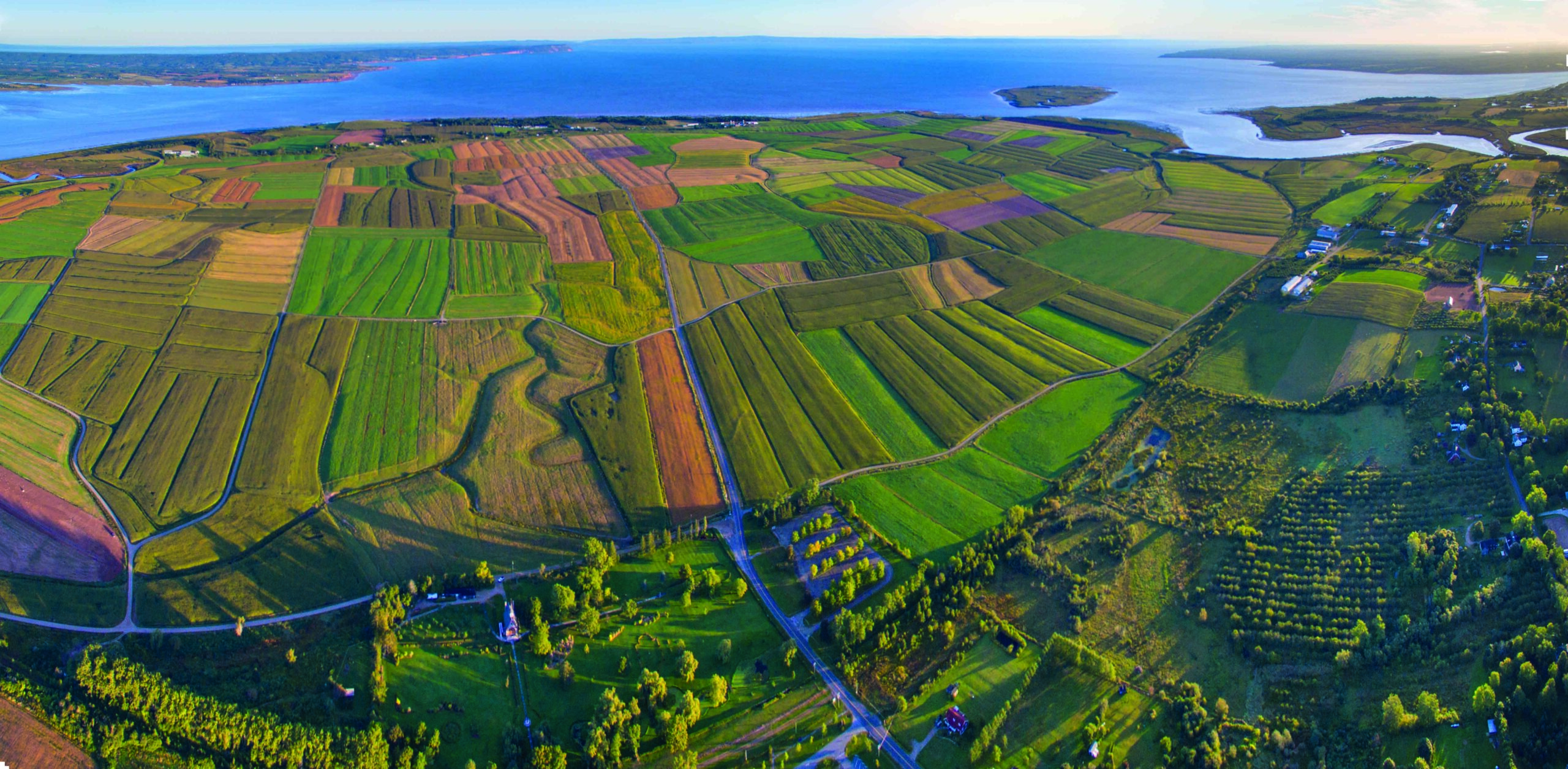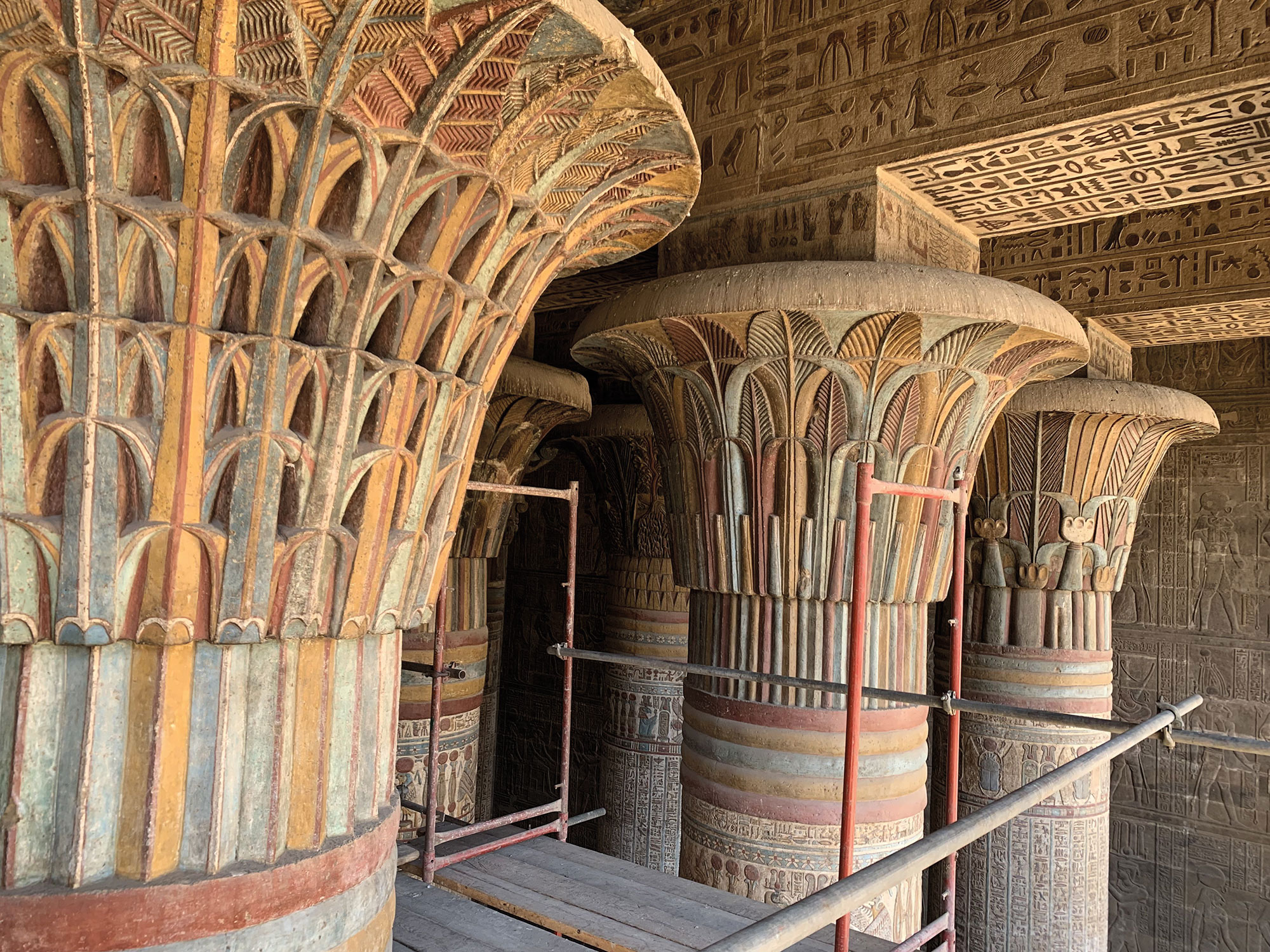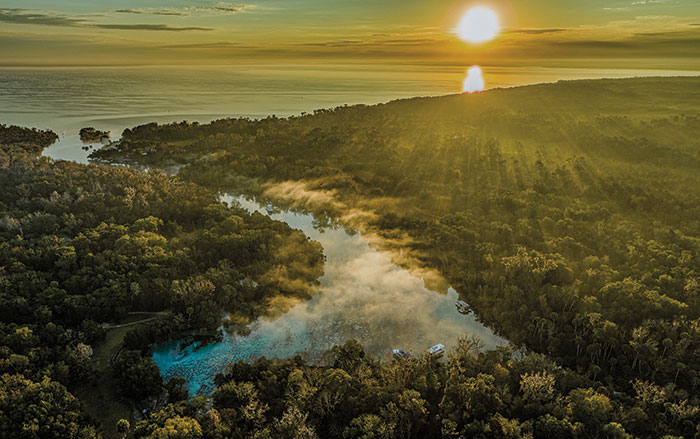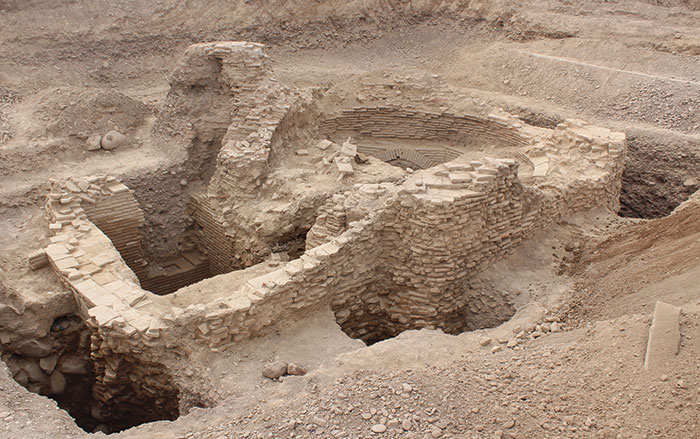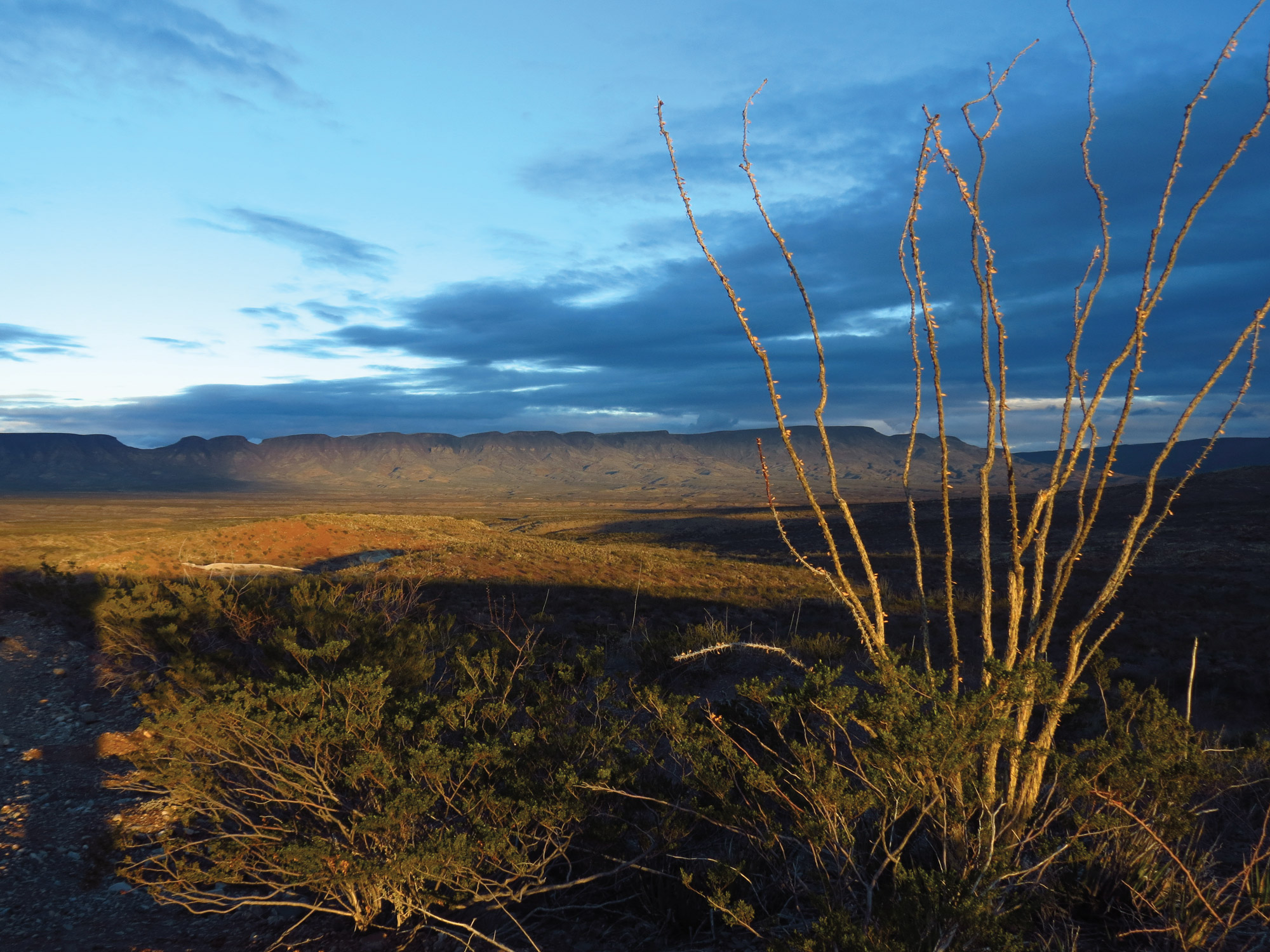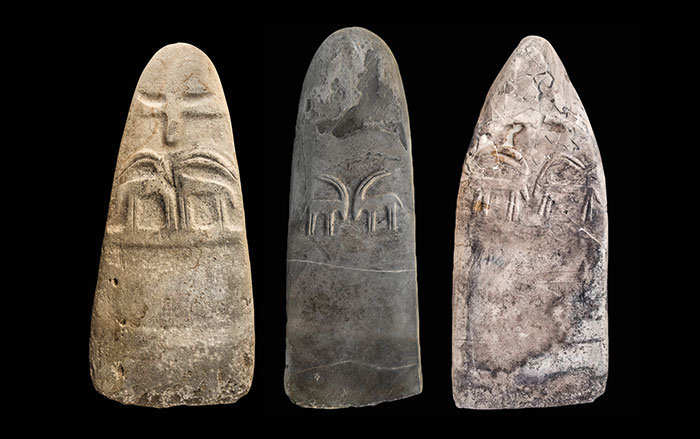
ALBERTA, CANADA—According to a CBC report, an extensive new project has highlighted just how vast the trade network in obsidian was for Indigenous communities living during the precontact period in current-day Alberta. Obsidian, a type of volcanic glass, was indispensable for many ancient cultures around the world because it can be easily shaped into arrowheads and cutting tools. No volcanoes have ever erupted in Alberta, however, so every sherd of obsidian was transported there from elsewhere. Researchers from the Alberta Obsidian Project analyzed 383 obsidian fragments from 96 sites across the area dating to between 13,000 and 300 years ago. They determined that the artifacts traveled from sources as far away as 750 miles, with the majority coming from Bear Gulch, Idaho, and Obsidian Cliff, Wyoming. The researchers suggest that in southern Alberta the presence of communal bison jumps facilitated trade networks among various communities that lived and harvested together near the American Southwest. “The sheer scale of obsidian trade tells us that likely millions of people were in contact with one another," said archaeologist Timothy Allan. “The scope of the trade network was way more massive than we thought.” Read the original scholarly article about this research in Archaeological Survey of Alberta. To read about a 1,600-year-old roasting pit uncovered at a buffalo jump site in Alberta, go to "A Removable Feast."


